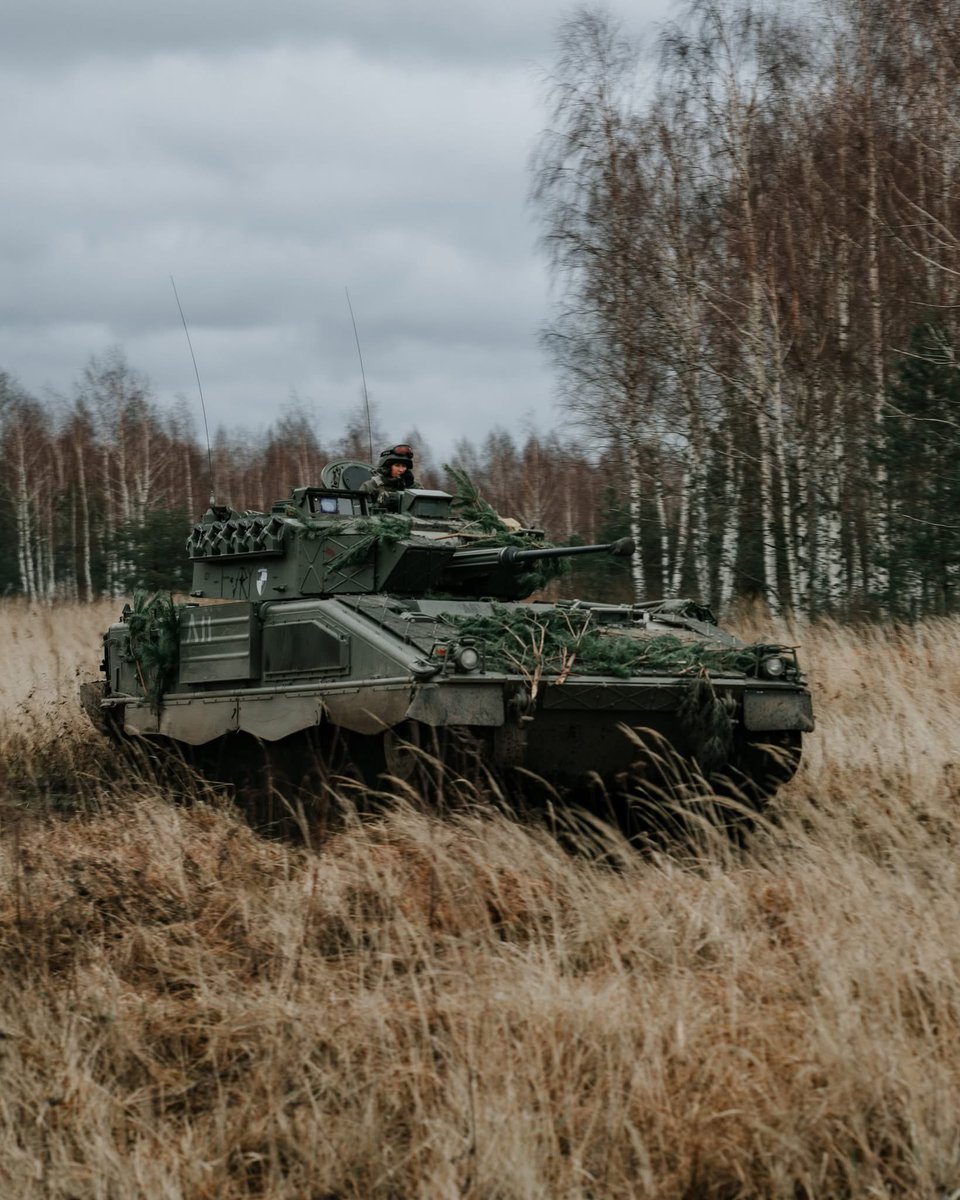#Ukraine/#Russia 🇺🇦🇷🇺:
🇺🇦#Ukrainian howitzers thread
155mm #M777 howitzer twitter.com/i/web/status/1…
🇺🇦#Ukrainian howitzers thread
155mm #M777 howitzer twitter.com/i/web/status/1…
#Ukraine/#Russia 🇺🇦🇷🇺:
155mm #M777 howitzer, in the second video the howitzer fires the #M982 Excalibur extended-range guided artillery shell twitter.com/i/web/status/1…
155mm #M777 howitzer, in the second video the howitzer fires the #M982 Excalibur extended-range guided artillery shell twitter.com/i/web/status/1…
#Ukraine/#Russia 🇺🇦🇷🇺:
155mm AHS #Krab🦀 self-propelled tracked gun-howitzer delivered from 🇵🇱#Poland twitter.com/i/web/status/1…
155mm AHS #Krab🦀 self-propelled tracked gun-howitzer delivered from 🇵🇱#Poland twitter.com/i/web/status/1…
#Ukraine/#Russia 🇺🇦🇷🇺:
According to the French newspaper Le Monde, 🇫🇷#France has already sent 15 155mm #TRF1 howitzers with a range of 24km and a rate of fire of 6 rounds per minute to 🇺🇦#Ukraine.


According to the French newspaper Le Monde, 🇫🇷#France has already sent 15 155mm #TRF1 howitzers with a range of 24km and a rate of fire of 6 rounds per minute to 🇺🇦#Ukraine.



#Ukraine/#Russia 🇺🇦🇷🇺:
🇺🇦#Ukraine is also expected to receive additional #M777, #L119, #Caesar 6x6, Caesar 8x8 and #Zuzana 2 howitzers in the future.



🇺🇦#Ukraine is also expected to receive additional #M777, #L119, #Caesar 6x6, Caesar 8x8 and #Zuzana 2 howitzers in the future.




• • •
Missing some Tweet in this thread? You can try to
force a refresh















































